- Electromagnetic radiation and wireless devices
- 4 ways to show RF exposure compliance
- Additional information
- References
Electromagnetic radiation and wireless devices
As technology develops, we are increasingly being exposed to man-made electromagnetic waves. The RF radiation of different wireless devices must be tested to ensure a safe and reliable use of the devices. There are international and regional RF exposure requirements that are defined based on scientifically established health effects. RF exposure must be evaluated to ensure that RF exposure characteristics of the device are within the required safety limits.
The limits for RF exposure depend on the region where the device is being sold. The council of European Union determines the limits for EU, Innovation, Science and Economic Development Canada (ISED) for Canada and Federal Communications Commission (FCC) for USA. For example, SAR limits in EU are 2 W/kg measured from 10g tissue volume and for USA and Canada 1.6W/ measured from 1g tissue volume. For limb SAR exposure limits is 4 W/kg and it is measured from 10g tissue volume for both Europe and North America. Maximum Permissible Exposure power density calculations and Electromagnetic Field Measurements have their own limits that vary depending on the frequency. Click the link to see an example of ISED’s Reference Levels for Electric Field Strength, Magnetic Field Strength and Power Density in Controlled Environments.
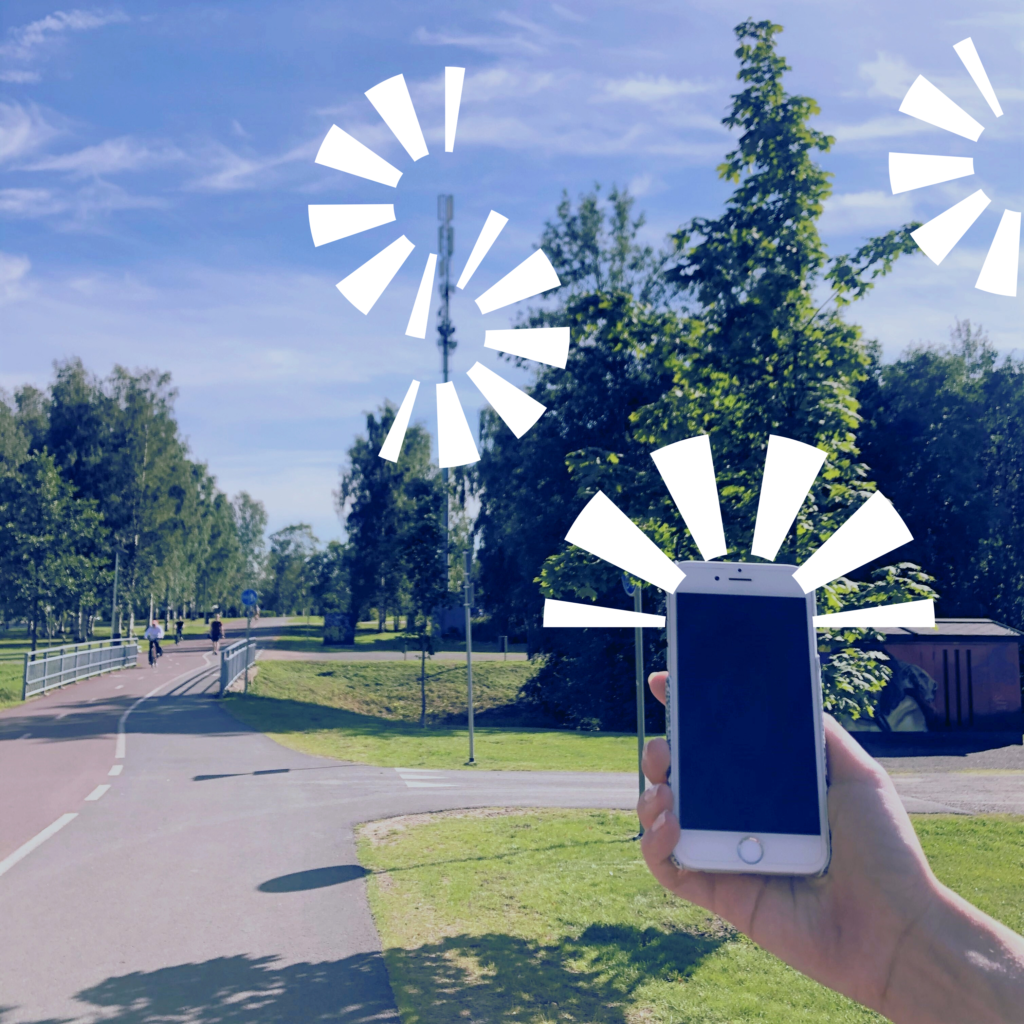
Electromagnetic radiation is emitted from various man-made and natural sources
4 ways to show RF exposure compliance
RF exposure compliance of electronic and electrical equipment with the basic restrictions usually is determined by measurements and, in some cases, calculations of the exposure level. There are four different evaluation techniques to show RF exposure compliance:
- Assessment of low power equipment
- Power density calculations
- Specific Absorption Rate (SAR) testing
- Electromagnetic Field (EMF) Measurements
One of the four techniques, SAR testing, is possible to be performed almost for all radio devices. There might be some exceptions due to, for example, the design of the device. The three other methods are alternative choices for SAR testing and can be performed if the device meets certain requirements.
Verkotan laboratory has the capability to perform RF exposure evaluations with all the techniques listed above. We are happy to give you more detailed information about the evaluation techniques and help you to choose the best way to evaluate the RF exposure of your device.
Next, we will go through these four ways to show RF exposure compliance.
1. Assessment of low power equipment
RF exposure compliance can be evaluated by calculations, without testing. There are certain requirements that the product must meet in order for RF exposure to be evaluated by calculations. European standard EN 50663 defines maximum power levels called PMAX exclusion levels. The standard EN 50663 has defined a maximum low-power exclusion level to be 20 mW over the 10 MHz to 300 GHz frequency range for the general public exposure.
Thus, if a device has lower or equal power levels as PMAX exclusion level (20 mW), the device is considered as a low power equipment and deemed to comply with the basic restrictions. PMAX can be calculated based on the standard EN 62479.
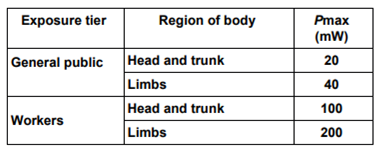
PMAX exclusion levels defined by EN 50663
Four routes to show the compliance with the standard
According to the EN 62479 standard the following routes can be used to demonstrate that a product does not exceed the PMAX exclusion levels.
- The device is inherently compliant with the applicable EMF exposure levels because of its physical characteristics, installation, and typical usage. Low-power device includes unintentional radiators which do not contain radio transmitters, such as audio/visual equipment, incandescent light bulbs, information technology equipment and multimedia equipment.
- The available antenna power and/or the average total radiated power do not exceed the low-power exclusion level because the input power level of the device in the relevant frequency range is so low.
- The available antenna power and/or the average total radiated power, limited by product standards for transmitters, is less than the low-power exclusion level.
- Calculations or measurements show that the available antenna power and/or the average total radiated power are less than the low-power exclusion level.
If the device does not meet any of these requirements, the device is deemed to be out of the scope of the standard EN 62479. Then the RF exposure evaluation must be made according to other standards.
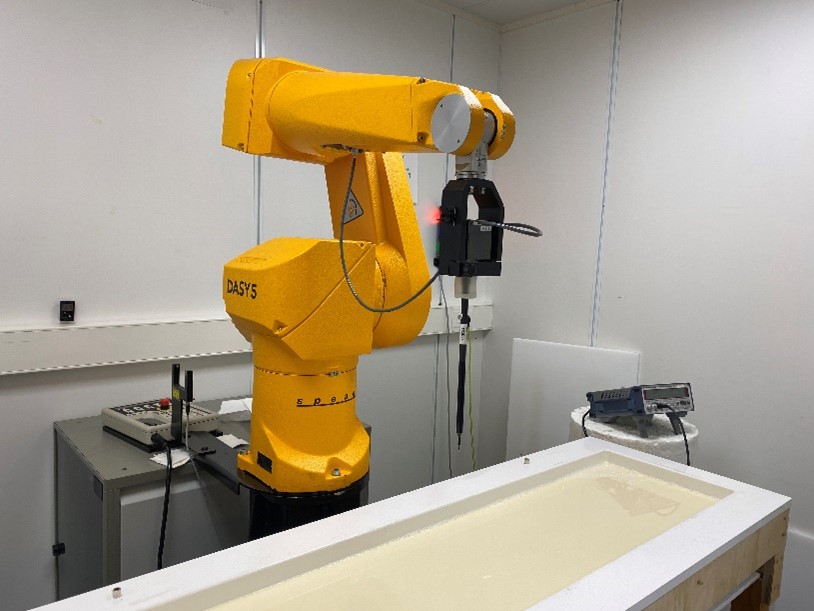
Assessment of low power equipment -calculations could also be called theoretical SAR calculations. This is because in the EU, the assessment of low-power equipment uses the same limits that are used in SAR testing. For head and body, in Europe, the limits are 2 W/kg measured from 10g tissue volume and for limb SAR exposure, the limit is 4 W/kg and measured from 10g tissue volume. The limits for US are presented in FCC’s 447498 D01 General RF Exposure Guidance v06 -document and for Canada in ISED’s RSS-102 document.
It also must be taken into consideration that all the simultaneous radio transmissions must be summarized. For example, calculated SAR value of a device might be 1W/kg when only Bluetooth is on, but when LTE radio of the device is turned on, the total SAR value rises. If simultaneous value of calculated Bluetooth and measured or calculated SAR of LTE goes above SAR limit, SAR testing is required for both radios. However, calculated SAR values are always conservative, which means that the values will be higher by calculations than by testing. Thus, if the calculated SAR value of simultaneous Bluetooth and LTE radios goes above SAR limits, tested SAR value might not. By calculations SAR value might be 1W/kg, but when measured it might be 0,2W/kg.
2. Power density calculations
Power density calculations may be used to show the RF evaluation compliance when a device has radiating parts further away than 20 cm from a human body or head or if it operates over 6 GHz frequency. For example, a wireless security camera could be a device to which power density calculations were performed.
Power density means the power transmitted in the direction of propagation of the energy of an electromagnetic wave, through a normal surface, divided by the area of the surface. In the picture below you can see the equation for power density calculations.
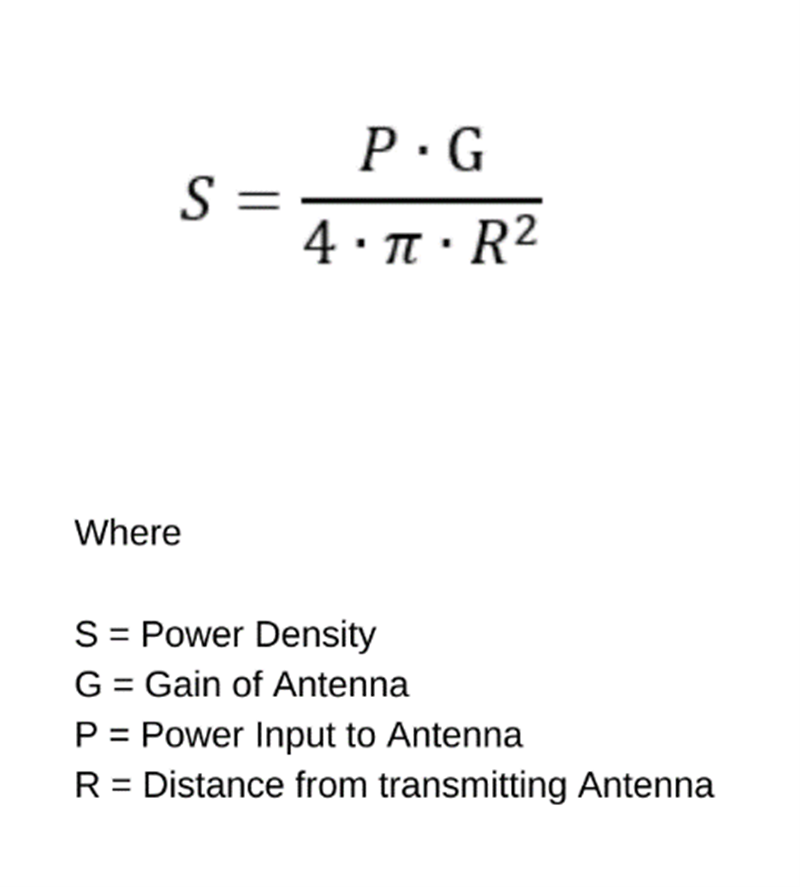
The equation does not consider the size of the antenna. It is assumed to be a point source. Reference ideal isotropic antenna is used to be able to compare the performance of practical antennas: the power is assumed to radiate from the point evenly over the surface of the sphere of radius r.
Power density limits
In USA, according to 47CFR §2.1093 (Radio frequency radiation exposure evaluation: portable devices), portable devices that operate at frequencies above 6 GHz can be evaluated in terms of the Maximum Permissible Exposure (MPE) limits specified in §1.1.310. Also, for Canada, according to the notice 2020-DRS0020, power density is the correct metric to assess RF exposure compliance above 6GHz. For Europe, the limit for plane wave equivalent power density is presented for EU Council Recommendation 1999/519/EC.
Calculations to demonstrate compliance with MPE field strength or power density limits for devices operating above 6 GHz, should be made at a minimum distance of 5cm from the radiating source. It is important that the RF evaluation is done at maximum output power with maximum tune-up tolerance. Required operating modes and test configurations are used to show MPE compliance.
3. Specific Absorption Rate (SAR) measurement
RF exposure compliance can be measured by performing a Specific Absorption Rate (SAR) test. Specific Absorption Rate measures the amount of RF energy absorbed by a human or animal body or head. According to new combined standard EN 62209-1528, SAR testing is operated at frequency range of 4 MHz – 10 GHz.
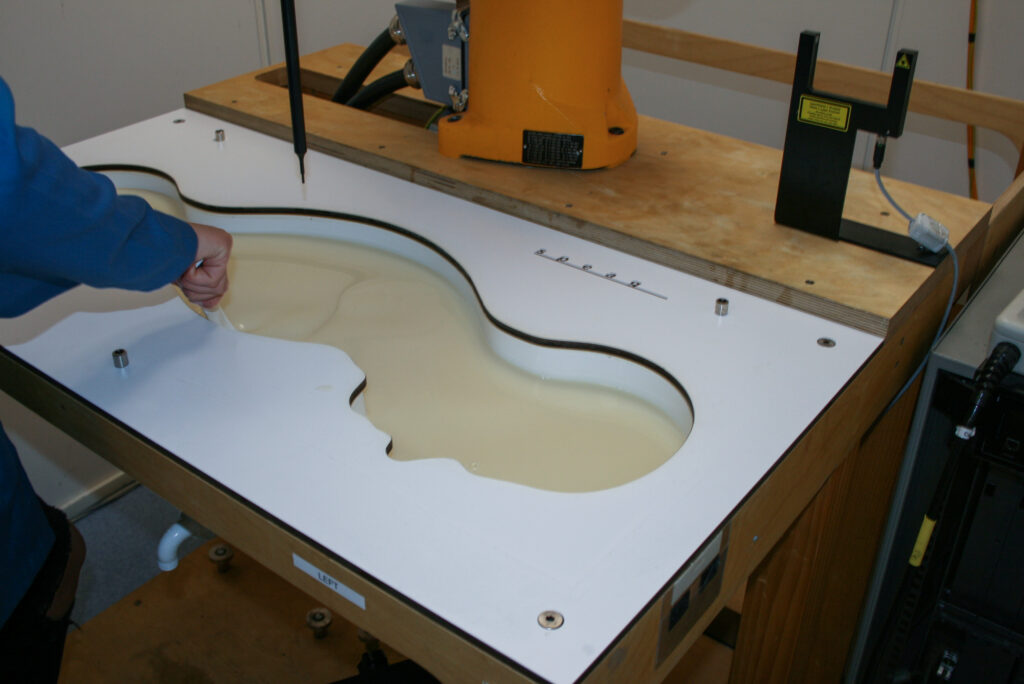
When is SAR testing required?
A wireless device that is used closer than 20 cm from a human or animal body or head, and which power is equal or higher than 20 mW, requires SAR testing in EU. In USA and Canada SAR testing requirements are depended on the power, frequency and the distance between the user and the device. One example of a device requiring SAR testing is a mobile phone. You can read more about mobile phone SAR value from our comprehensive Mobile SAR Value – Everything you need to know about the process -article.
The unit of the SAR measurement is watts per kilogram (W/kg) and the results of the testing are a peak-spatial average of either 1g or 10g tissue volume. SAR testing regulations and exposure limits vary by different regions. Exposure limits for SAR are:
- For head and body SAR in Europe limits are 2 W/kg measured from 10g tissue volume.
- For head and body SAR in North America limits are 1.6 W/kg measured from 1g tissue volume.
- For limb SAR exposure limits are 4 W/kg and it is measured from 10g tissue volume for both Europe and North America.

SAR testing process
SAR is measured from the tissue simulating liquid. The dielectric properties of tissue-equivalent liquid are comparable to the brain or body tissue. Permittivity and conductivity are the same as in the brain or body tissue. SAR testing equipment uses standardized models of the human head and body. These models are then filled with the liquids that simulate the RF absorption characteristics of human tissue. Verkotan is providing these tissue simulating liquids for sale as well.
SAR is tested with maximum power to get the worst-case operating condition in all frequency bands that are operated. Product must also be tested in various positions against the head or body to simulate how different users typically hold the device.
SAR testing positions
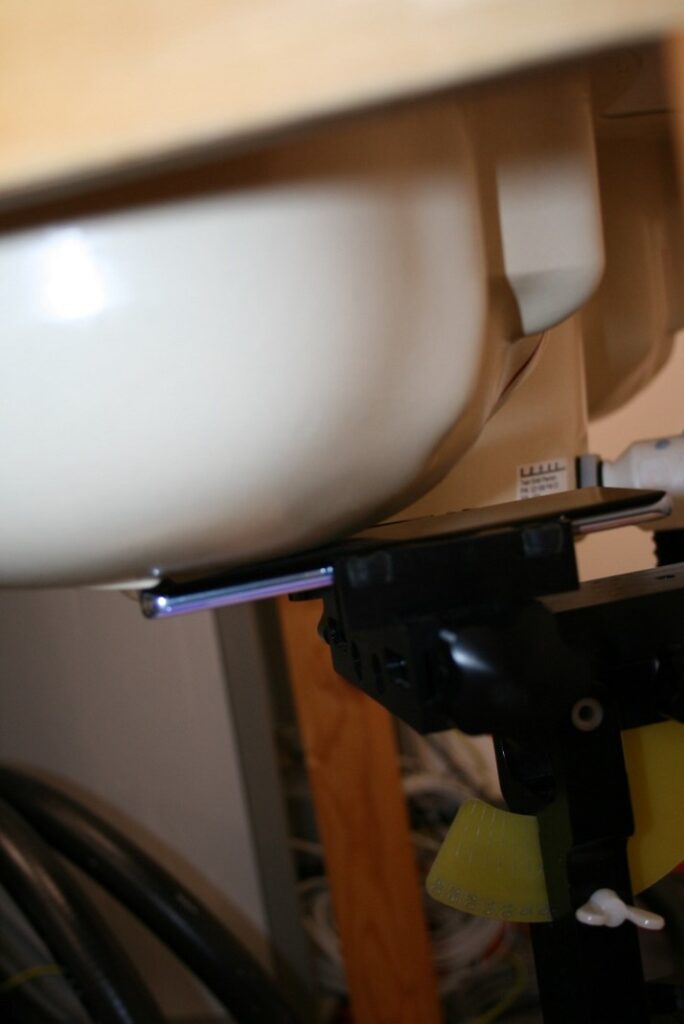
SAR test positions depend on the intended and foreseeable use cases of the device. When evaluating mobile phone’s SAR value, positions for head and body need to be tested. The head position consists of cheek and tilt positions and both positions are tested on the left and right side of the head. Typically, mobile phones are held in the pockets, thus body position is required. It is tested with 5 mm separation distance between device and the phantom. Limb SAR is required when the device is in contact with a human limb. In the limb position, the device is placed against the phantom with a 0 mm separation distance.
Verkotan SAR Services
4. Electromagnetic Field (EMF) measurements
RF exposure compliance can also be demonstrated by electromagnetic field (EMF) measurements. Electromagnetic field consists of electric fields (typically called E-field) and magnetic fields (typically called H-field). Electrical devices emit electromagnetic fields when they are being used. The unit of the E-field is volts per meter (V/m) and H-field amperes per meter (A/m). EMF measurements can be done in three main zones: Reactive near field, radiating near field and far field.
For RF exposure evaluation EMF measurements are typically performed on low frequency devices. For example, wireless chargers require EMF testing. Verkotan provides EMF measurements for radio frequency exposure evaluation.
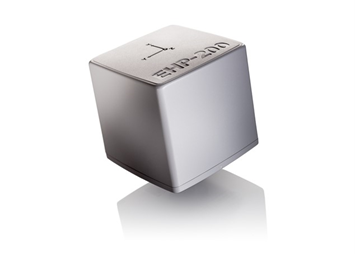
The strength of these electric fields is possible to measure with probes or sensors. These probes are basically antennas but with different characteristics. Measurements are possible to do, for example, with a calibrated antenna that is sensitive to electric fields exclusively and connected to measurement equipment. Generally, measurement equipment for the electric field can be divided into two classes: broadband and narrow band. The required performance, frequency response, and electromagnetic fields must be considered when selecting the measurement system.
For the determination of product compliance, the measurement results are compared against the reference levels. Reference levels are defined by different region’s authorities. For Europe, the reference levels are specified by EU Council Recommendation 1999/519/EC, for Canada by RSS-102 and field strengths for USA by 47 CFR § 1.1310.
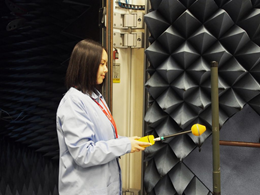
Additional information
RF exposure calculations and measurements require a great level knowledge from the test engineers to be able to follow the rapidly changing standards and get reliable evaluation and accurate measurements. Let a professional test laboratory take care of the measurements, and you can focus on the processes most relevant for you. We are happy to help you with your RF exposure compliance needs. Feel free to contact us if you have any questions.
If you are considering bringing your device to Verkotan for SAR testing, we recommend watching the video below. In the video we explain how you should prepare your device for SAR testing and what equipment you should deliver to us.
References
https://www.who.int/peh-emf/meetings/6Simunic-Measurement_and_exp_assess_for_standards.pdf
https://www.law.cornell.edu/cfr/text/47/1.1310
https://www.ic.gc.ca/eic/site/smt-gst.nsf/eng/sf01904.html
https://www.law.cornell.edu/cfr/text/47/2.1093
https://www.ic.gc.ca/eic/site/smt-gst.nsf/eng/sf11198.html
https://www.icnirp.org/
https://www.ic.gc.ca/eic/site/smt-gst.nsf/eng/sf01451.html
https://www.narda-sts.com/en/selective-emf/ehp-200aac/
Follow our social media channels to keep up with the latest news in the world of wireless technology.
